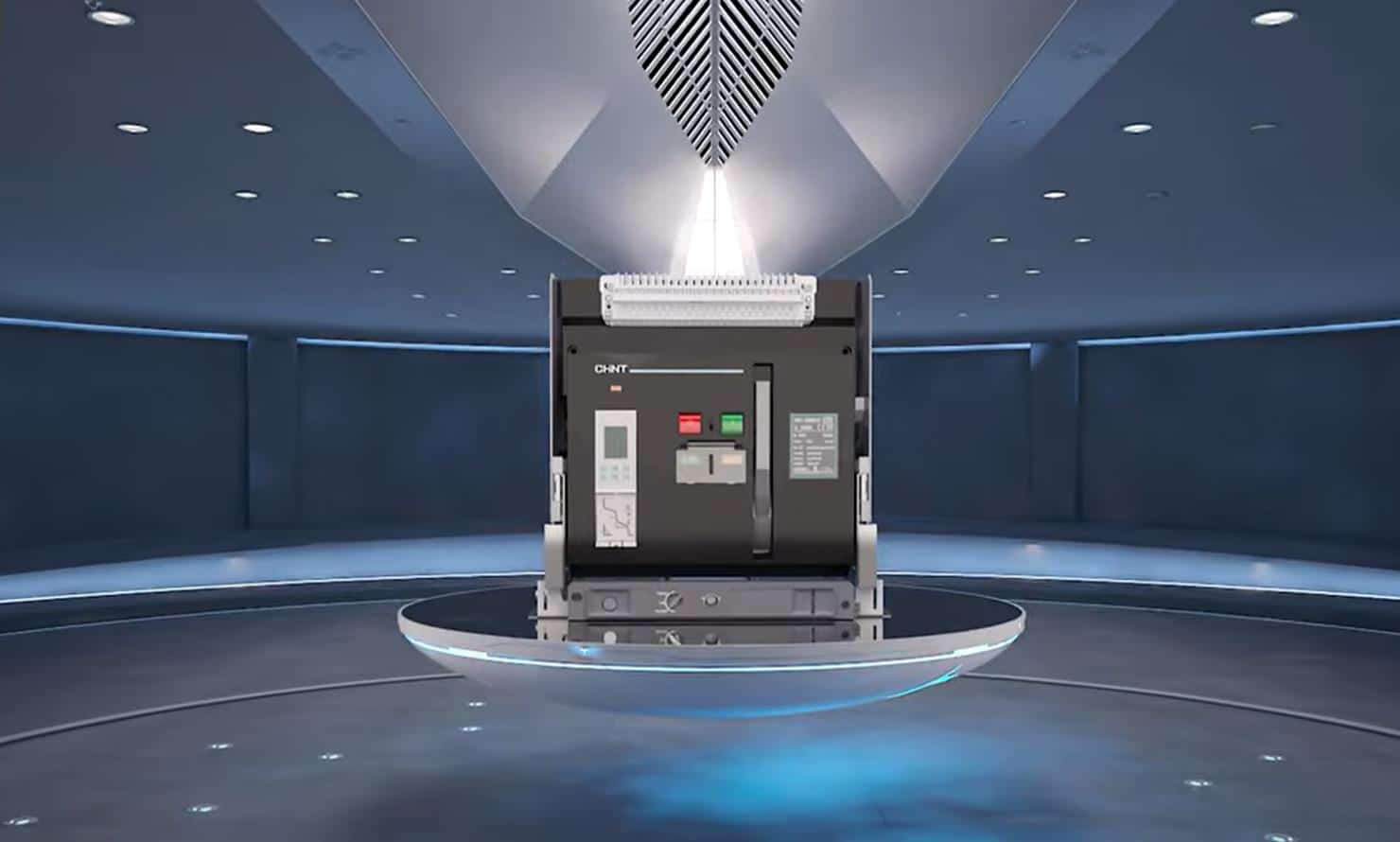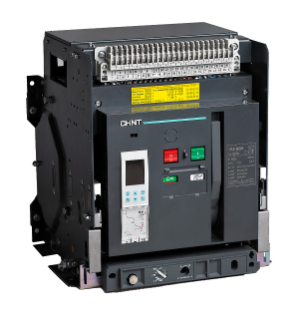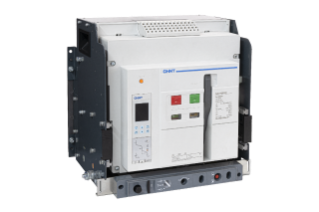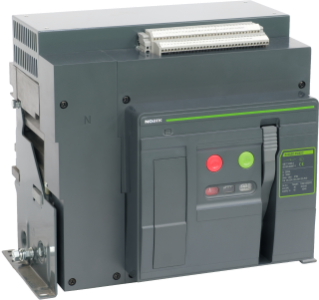Table of Contents |
Vacuum circuit breakers, also known as VCBs, use a vacuum to extinguish the arc created when the circuit is tripped and the contacts move apart. VCBs work quickly and effectively, making them a solid choice for medium- and high-voltage systems. Below, we will delve into how VCBs work, their applications and some of their benefits and limitations.
What is a Vacuum Circuit Breaker
A circuit breaker is a device that stops the flow of an electrical current in a system in the event of over- or under-voltage or a short circuit. It serves as a safety measure to prevent dangerous situations and protect electrical equipment.
A VCB is a specific type of breaker that interrupts the current in a vacuum. A small arc is often created in a circuit breaker when the contacts move apart. The arc must be extinguished in order for the current to stop completely.
There are several methods to extinguish the arc, and a vacuum is one of the most effective, as it is difficult to conduct electricity in a vacuum. VCBs, like the ones offered by Chint Global, are designed for a variety of voltage situations. There are also models for indoor and outdoor use.
Components of Vacuum Circuit Breakers
VCBs contain many of the same components as other circuit breakers with the addition of a vacuum interrupter. The main components are as follows:
- Fixed contact: Electricity flows into the circuit and goes through the fixed or stationary contact. This contact stays in place whether the circuit is open or closed.
- Movable contact: The current flows from the fixed contact to the movable contact. If the circuit is tripped, the movable contact moves away from the fixed contact, stopping the flow of electricity.
- Vacuum interrupter: In a VCB, the arc is created in a vacuum. A vacuum is an excellent insulator and quickly extinguishes the arc.
- Actuator mechanism: The actuator mechanism is connected to the tripping mechanism and the movable contact. Whenever the circuit is tripped, it forces the actuator mechanism to move the circuits apart.
Working Principles of a Vacuum Circuit Breaker
Since circuit breakers typically protect against overcurrent and a short circuit, they use a thermal and magnetic trip to detect each. When the circuit trips, it creates a chain of events inside the insulating medium. In the case of a VCB, the insulating medium is a vacuum.
Once the circuit trips, the actuator mechanism forces the movable contact to break the connection with the fixed contact. The broken connection ionizes metal vapors, creating an electrical arc between the two contacts. This arc can damage equipment and must be extinguished quickly, especially in high-voltage situations.
In a vacuum, the arc extinguishes quickly as a vacuum is an excellent insulator. The ions, vapors, and electrons generate evenly within a vacuum.
The ions condense along the outside of the contacts, and the insulating vessel regains dielectric strength quickly. The arc is extinguished almost immediately after it appears.
Construction of Vacuum Circuit Breaker
A VCB features a similar construction to other circuit breakers with the exception of the insulating vessel, which is a vacuum. The arc chamber is made of steel and houses the main components, including the movable and fixed contacts and the vacuum interrupter.
As the contacts are one of the most critical components of a VCB, it’s essential to use suitable materials. Contacts are usually made from copper-chrome or copper bismuth, as these materials transfer electricity well.
The entire construction is encased in a glass or ceramic insulating vessel. It is vacuum-sealed. The interior of the breaker is a vacuum interrupter or where the arc is extinguished.
Applications of a Vacuum Circuit Breaker
VCBs have many applications, and various industries can use them, including power plants, commercial and manufacturing buildings and industrial plants. They work well in both medium- and high-voltage systems and are typically considered the most reliable option.
When dealing with sensitive and expensive equipment, it is essential to have a device that will consistently and quickly extinguish the arc. Equipment and even lives could be at stake.
VCBs are particularly useful in volatile situations where a breaker is tripped often and needs to be reset quickly. A VCB can recover quickly, often saving time and money. They also work well in situations with high voltage and low currents. VCBs work best in a range of 11 to 33 kV.
High-voltage circuit breakers often use SF6 gas as an insulator to extinguish the arc. While effective, SF6 is harmful to the environment in the event of a leak. As VCB technology advances, they likely will replace many SF6 breakers in high voltage systems. VCBs are also capable of interrupting DC currents. They are highly effective and can often do so in a compact vessel.
Vacuum Circuit Breakers: Pros and Cons
There are many advantages to VCBs, but they are not suitable for every situation. Below, we will discuss some of the advantages and limitations of VCBs.
Pros
VCBs are safer than circuit breakers that use other insulating mediums like oil or air blast. There is less chance of a fire or explosion, and they do not use any harmful chemicals.
VCBs have a long life. When well-constructed, they require very little maintenance and you will not have to replace them as often.
A vacuum is one of the most effective dielectric mediums. It can quickly extinguish an arc and rest for frequent use.
Cons
While VCBs are affordable, their cost increases with higher voltages. They may need to be more economical for extremely high voltages.
While damage or malfunctioning is unlikely, VCBs can be challenging to fix. They typically cannot be repaired on-site.
Conclusion
VCBs are an excellent option if you have a medium- to high-voltage system and need a safe and reliable circuit breaker. Chint Global offers a variety of VCBs to suit many needs. Check out our website to learn more, or contact them today to work with a representative.
If you have any questions or need further assistance, don't hesitate to reach out to us.

















